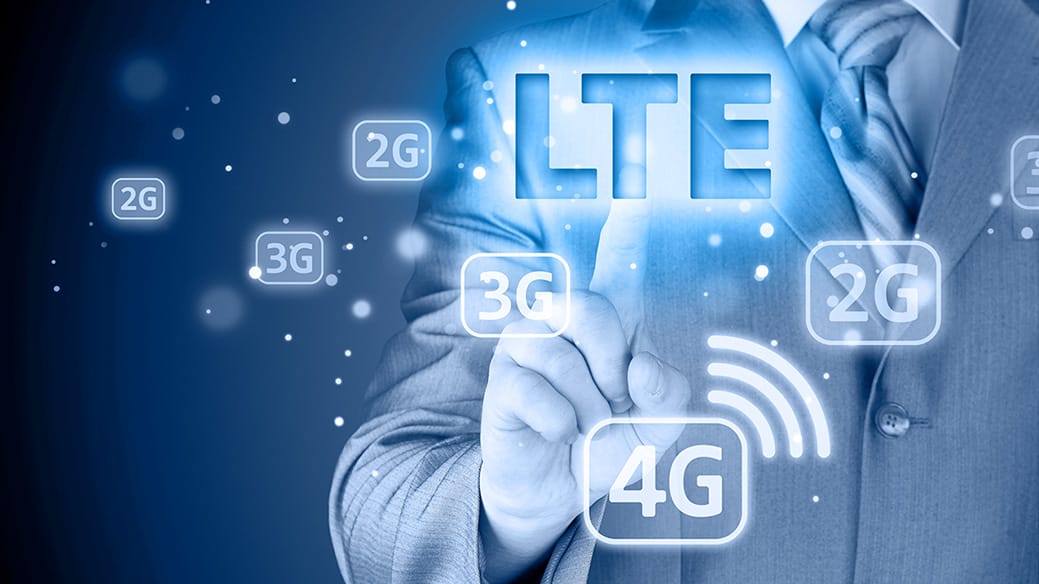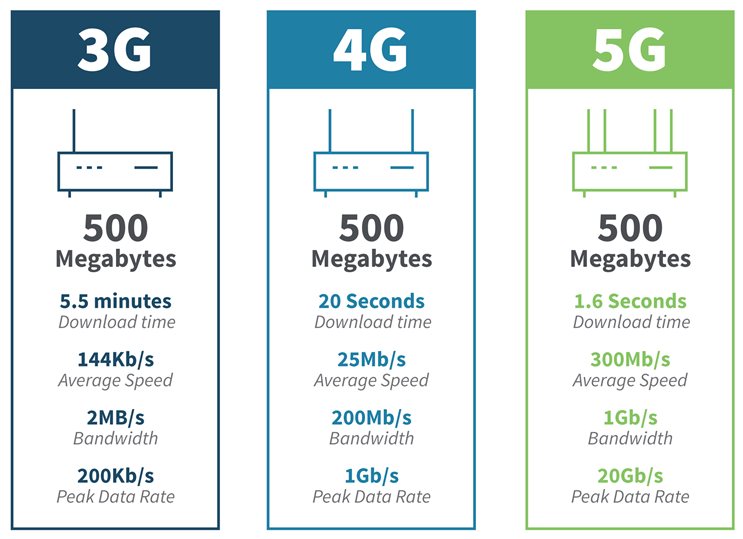































Компания We've all heard of 4G and 5G in cellular network technology. but you may have seen the term "4G LTE" and wondered what LTE stands for? Simply put, LTE stands for "Long Term Evolution" and is most commonly associated with 4G, the fourth generation of the global wireless communications standard first defined in 2008.
For those purchasing and deploying LTE technology today, LTE means that they can deploy a variety of devices in an LTE network with the confidence that their deployment will remain viable for many years to come. This is especially important as older 2G and 3G networks are being phased out to make more efficient use of spectrum. Looking at LTE versus 3G, those deploying devices based on pre-4G networks must immediately migrate to 4G or 5G, and if you already have 4G, your products will be future-proofed for the duration of their useful life.

LTE technology offers multiple advantages on a global scale:
- LTE connectivity is available for consumer and commercial/industrial applications virtually everywhere in the world.
- LTE provides long-term network continuity as older networks such as 2G and 3G decline.
- In areas where 5G will not be available for some time, 4G LTE, 4G LTE Advanced, and 4G LTE Advanced Pro technologies will support 2G/3G migration needs for years to come.
- LTE offers higher speeds and brings significant advantages for low-power applications and simpler, lower-cost devices - providing a single technology base for a variety of use cases.

What is dedicated LTE?
Dedicated LTE is a cellular service that operates on dedicated bandwidth, thereby eliminating delays caused by congestion for other users. It supports the same types of users as Wi-Fi, including people and devices. Like public cellular service, it supports larger geographic areas and broadcasts over cell towers.
Dedicated LTE bandwidth can be purchased from the federal government or leased from cellular companies. Necessary equipment can be purchased or leased. Dedicated network services can also be leased, eliminating the need to maintain in-house support staff.
Another option for accessing dedicated bandwidth is through the Citizens Broadband Radio Service (CBRS(1).Originally reserved for the U.S. Navy, the CBRS was put up for public auction by the Federal Communications Commission (FCC) in 2020.The CBRS is located in the 3550 MHz to 3700 MHz band.

Access is controlled by the following three priorities:
- Incumbent Access. This is available for use by the U.S. Navy. The full 150 MHz is available, but the Navy does not use all of this bandwidth.
- Priority Access. To obtain this level of service, users purchase a 10 MHz, 10-year renewable band through an auction for use exclusively at a single location.
- General Authorized Access (GAA). Subscribers receive the 100 MHz band for free and are granted access in a limited geographic area.
GAA CBRS bandwidth is shared and access is granted by the Spectrum Access System (SAS), a cloud-based system licensed by the FCC to manage bandwidth within the CBRS band. Prior to activation, a system must contact the SAS to request access.The SAS maintains contact with all active systems and monitors all bandwidth in use in order to allocate bandwidth to the system requesting access. This process helps prevent interference from other active systems.
LTE networks use SIM cards to control access, unlike Wi-Fi, where access is controlled by a password shared throughout the network. Each SIM card records data about a specific system and user to ensure that data intended for a specific device reaches that device.
If you have requirement of network equipments, please contact us www.hi-network.com (Email: [email protected])
 Горячие метки:
В сети интернет
LTE
Горячие метки:
В сети интернет
LTE